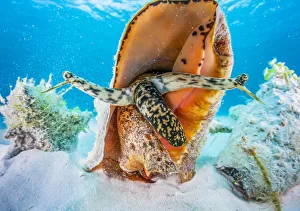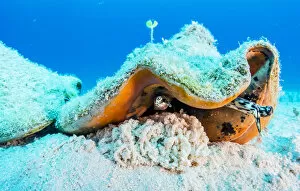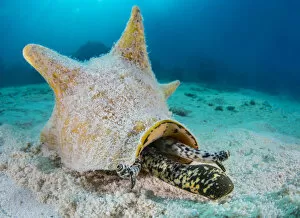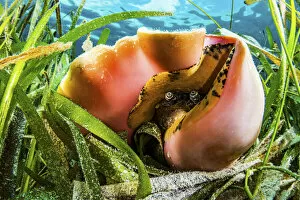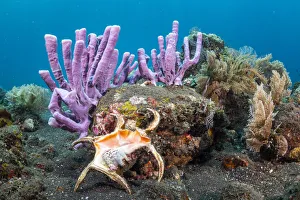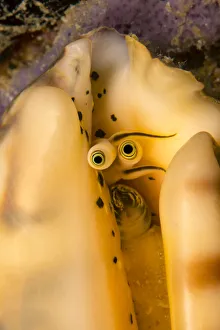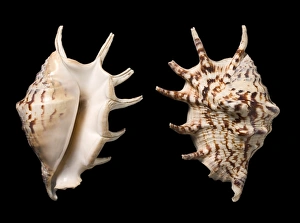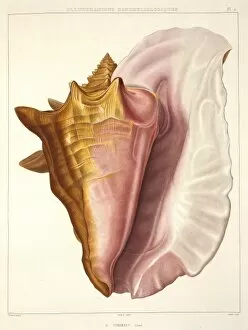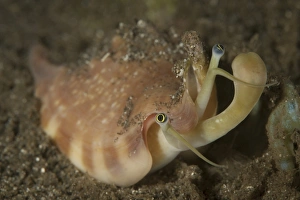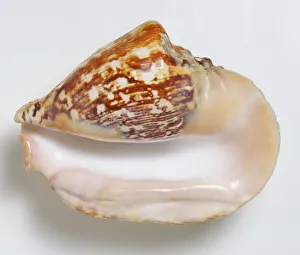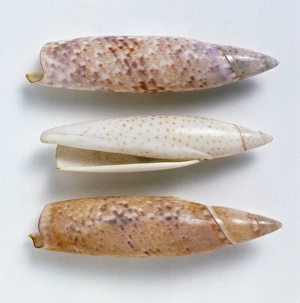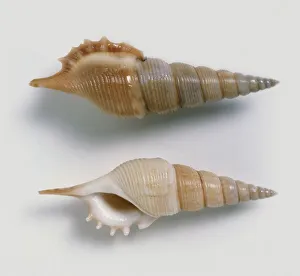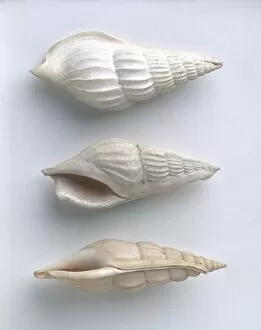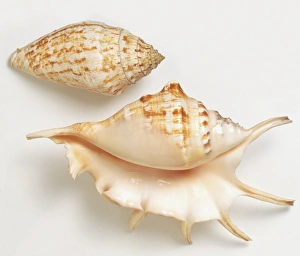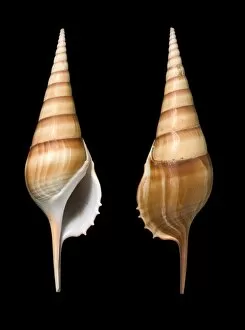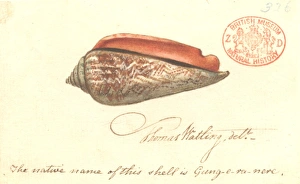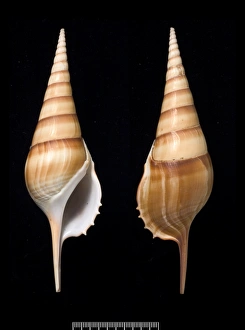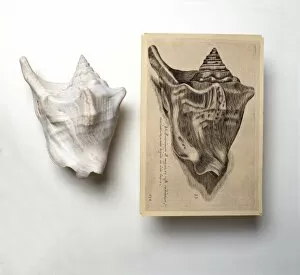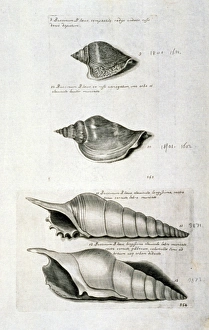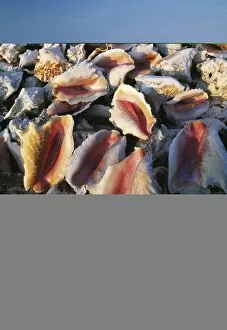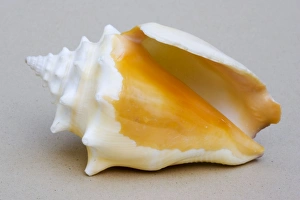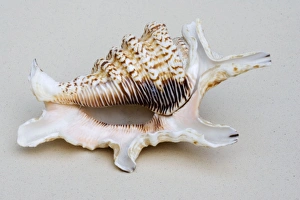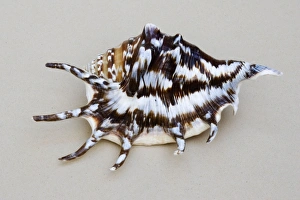Strombidae Collection
"Discovering the Beauty of Strombidae: A Fascinating Journey into the World of Queen Conch" In the crystal-clear waters off Cat Island, Bahamas
All Professionally Made to Order for Quick Shipping
"Discovering the Beauty of Strombidae: A Fascinating Journey into the World of Queen Conch" In the crystal-clear waters off Cat Island, Bahamas, a small aggregation of queen conch (Lobatus gigas) gracefully glides through the ocean. Their vibrant shells catch the sunlight, showcasing their majestic presence. Deep within the Exuma Cays Land and Sea Park, another remarkable sight unfolds as queen conch (Lobatus gigas) delicately lays its eggs. This awe-inspiring moment symbolizes new life and resilience in this protected marine sanctuary. As if from a fairy tale, a queen conch (Strombus gigas) extends its proboscis and stalked eyes while elegantly maneuvering through its underwater realm. Its graceful movements leave us mesmerized by nature's intricate design. A seagrass meadow in the Bahamas becomes a haven for Aliger gigas, where they find nourishment amidst Thalassia testudinum's emerald blades. These juvenile queen conchs diligently feed on algae growing on Seagrass (Thalassia), preparing for their future roles as guardians of these coastal ecosystems. Tropical reefs hold hidden treasures like Chiragra spider conch shell (Harpago chiragra). In Tulamben's diverse reef ecosystem, this exquisite shell stands out against vibrant corals and bustling marine life—a testament to Earth's incredible biodiversity. Elegant conchs (Lentigo pipus) reveal their beauty up close in the Philippines. With eye stalks that seem to gaze curiously at us, they remind us of nature's ability to create wonders both big and small. Pleuroploca trapezium proudly displays its trapezium horse-shaped shell—an emblematic species found along sandy shores worldwide. Its unique pattern catches our attention as we marvel at Mother Nature's artistry yet again.

